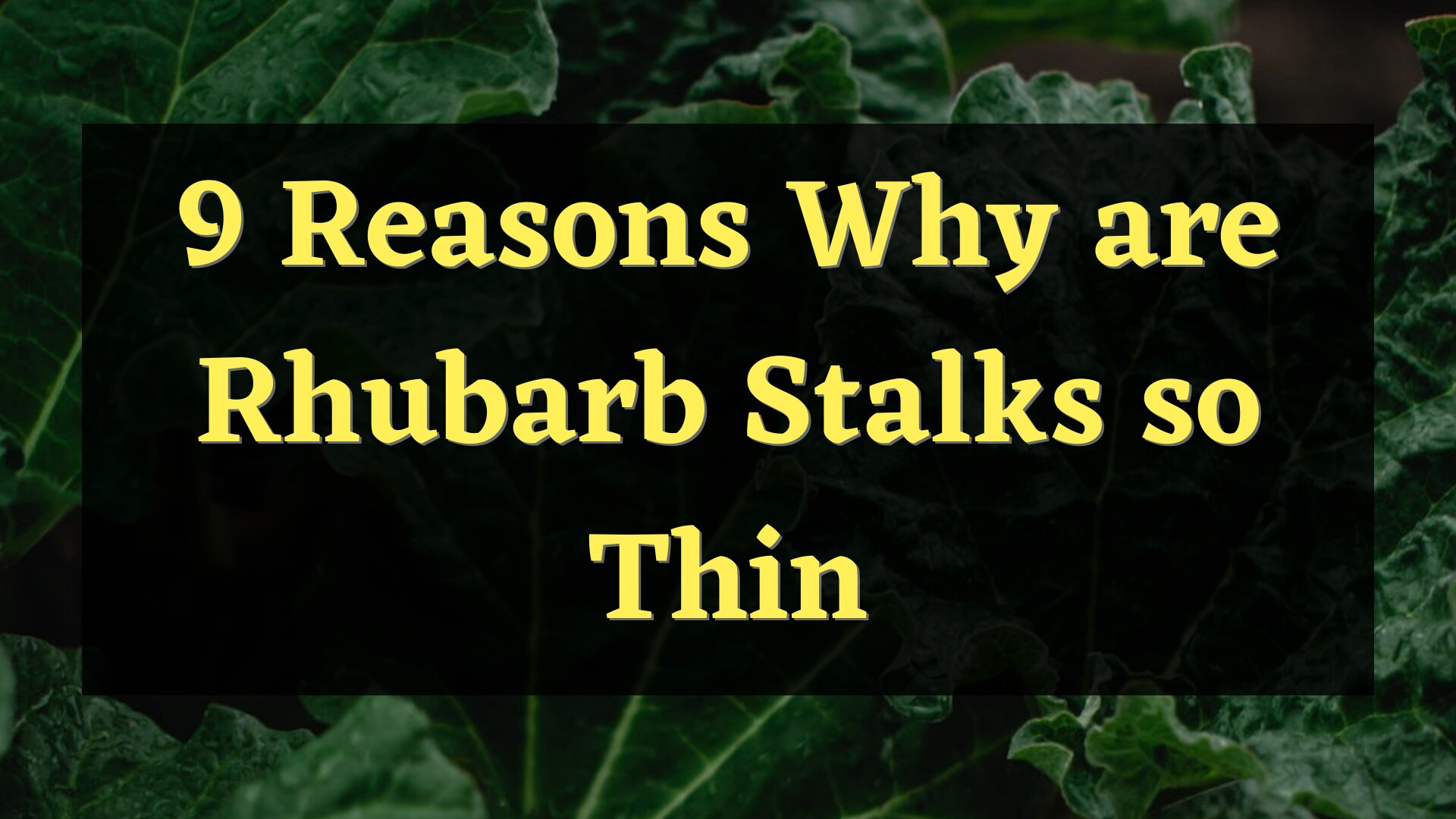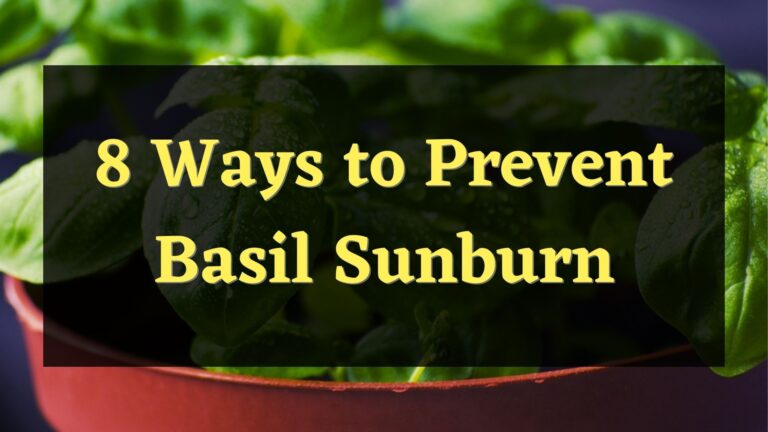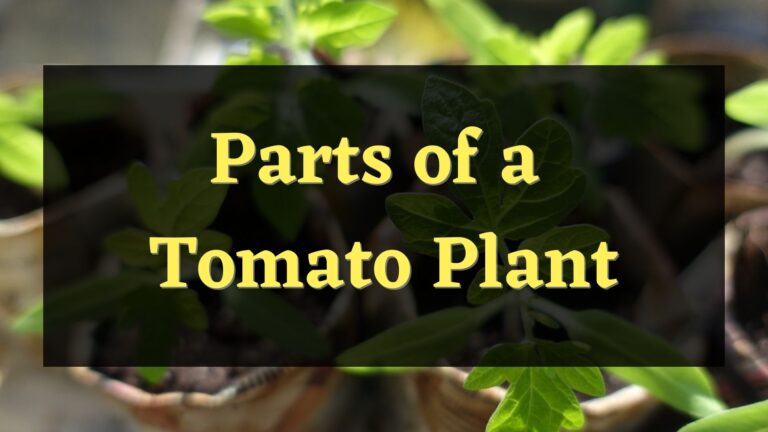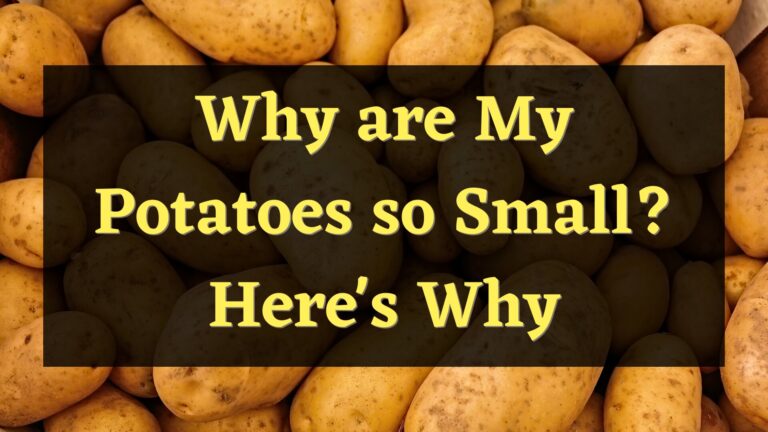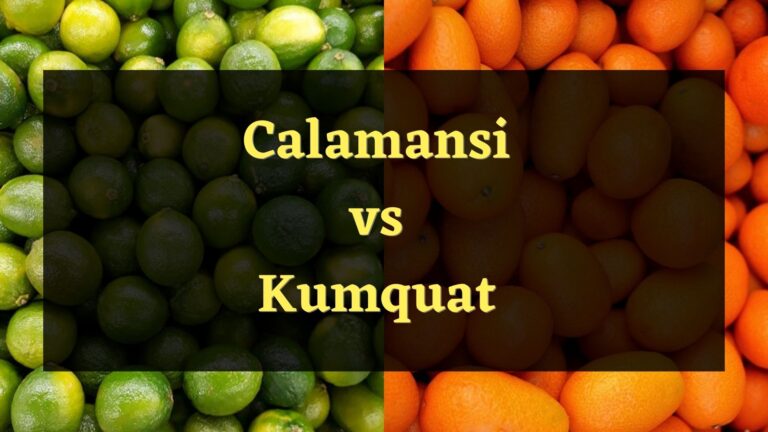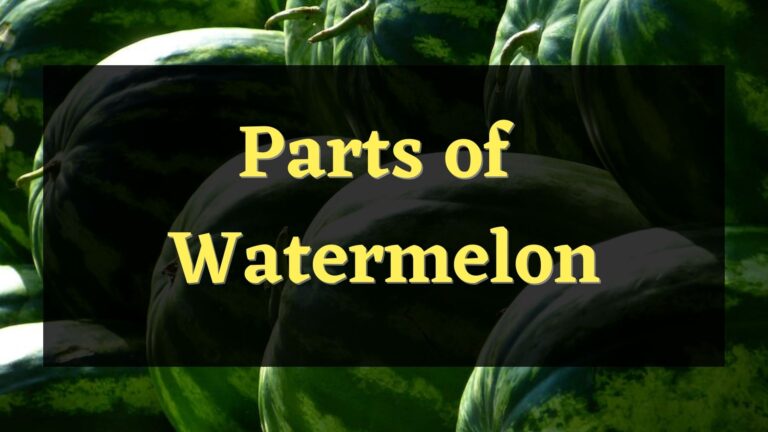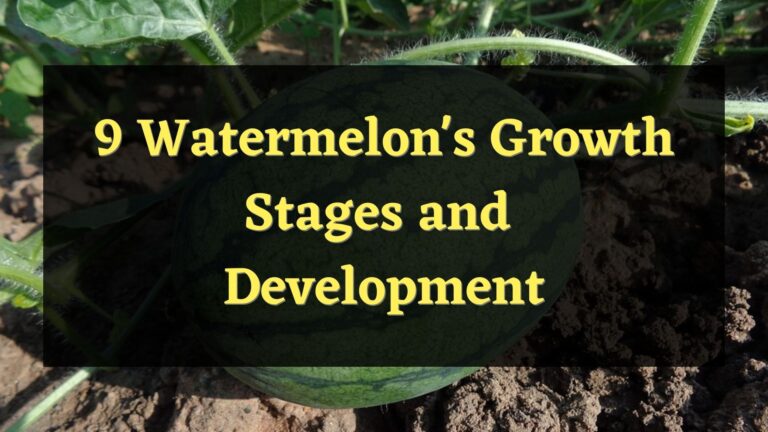Have you ever harvested rhubarb stalks and asked yourself “Why are my rhubarb stalks so thin?” Thin stalks can be caused by different factors such as environmental conditions, plant care practices, and the variety of the plant. Knowing the specific cause of thin rhubarb stalks will help you to easily solve it. The reasons and solutions for this issue will be discussed in this article.
Why are my Rhubarb stalks so thin?
There are controllable and uncontrollable factors that affect the size of rhubarb stalks. The controllable factors are plant care practices and environmental conditions. The uncontrollable factor is the variety of rhubarb plants that you have. Here are the reasons that make the rhubarb stalks thin.

Young plant
Thin stalks are normal for young rhubarbs as they are not yet fully developed. It takes two years for its stalks to get established. The most common mistake of gardeners is harvesting the stalks while it is still young that decreases the plant’s energy to produce thick stalks.
Overcrowding
Overcrowding happens when there it produces new shoots in spring. Propagation prevents overcrowding, but it must be done at the right time. Dividing it in autumn and winter makes the stalks more sensitive to cold which will damage the plant.
Nutrient Deficiency
Thinning of rhubarb stalks can be caused by nutrient deficiency. When the plant doesn’t get enough nutrients, its growth will be affected. It happens when there is an insufficient nutrient in the soil.
Flowering
Drought, temperature changes, decreased soil fertility, and too much sunlight cause the rhubarb plant to bloom. When rhubarb starts to produce flower buds, the energy that the plant receives are directed to it. It affects the health of the stalks because it doesn’t get enough energy to grow thicker.
Lack of Vigor
The factors that weaken rhubarb are old age and poor soil conditions. As rhubarb gets old, its growth declines so its stalk becomes thin. The nutrients are not processed properly when it is planted in poor soil conditions.
Competition
Competition happens between weeds and plants. They fight for nutrients and root space, and the leaves can block airflow and sunlight. Mature rhubarbs grow larger so it needs more space for their roots. When its roots don’t get enough space, the diameter of the stalk will decrease and the nutrients will not be processed properly which makes the stems weak and thin.
Overharvesting
Overharvesting stalks stresses the rhubarb plant which makes its stalks thin. The harvest in the subsequent years will be affected because the plant loses its energy when you harvest too many stalks.
Improper plant care practices
Improper plant care practices affect the growth of the rhubarb plant. Its stalk will become thin when it doesn’t get the right amount of nutrients, light, and water that it needs.
Wrong variety of rhubarb
When you are taking good care of your rhubarb plant and its stalks are still thin, you should check the variety of rhubarb that you have. Canada Red has thin stalks and Victoria has medium-sized stalks.
How do you make rhubarb grow bigger?
Proper plant care practices and providing a favorable environment for rhubarb will help it produce thick stems. Here are the ways that you can do to make rhubarb stalks grow thicker.
Let rhubarb roots get established
Harvesting rhubarb stalks can be tempting. Rhubarb stalks must not be harvested for the first two years after planting to establish the roots of the plant. It will help the plant develop a strong root system so the nutrients will be distributed evenly.
Propagate rhubarb from the division
Propagating rhubarb prevents overcrowding. It is beneficial to the plant as it promotes good air circulation and nutrient distribution from the root zone to the aerial parts of the plant. Propagation also increases your rhubarb collection without cost. Transplant it in early spring and use the same potting mix that you use on the mother plant so that the plant will adjust easily to its new environment.
Provide sufficient nutrients to the soil
Nitrogen and phosphorous are the most essential nutrients that rhubarb needs to grow properly. A 10-10-10 fertilizer is recommended as it provides a balanced amount of nitrogen, phosphorous, and potassium that the plant needs to grow better.
Remove flower buds
Removing flower buds will divert the plant’s energy to its other parts. Flowering can be caused by different environmental conditions such as poor soil, high temperatures, and insufficient rainfall. Old rhubarb produces more flowers than young ones. Supplying it with a good amount of nutrients reduces the production of flower buds.
Allow enough space between plant
Make sure that plants are planted two to four feet apart. Adding mulch to the soil prevents the growth of weeds. The roots of the rhubarbs need more space as it grows larger. Enough space maximizes the growth of rhubarb leaves and roots so air will circulate properly and the nutrients will be distributed evenly.
Harvest a few stalks
Harvest only one-third of the stalk from the established plants to promote better yield in the subsequent years. Avoid continuous harvesting in the summer months to let it store energy so that rhubarb stalks will grow thicker.
Take care of the rhubarb plant properly
Proper environmental conditions must be provided to help rhubarb plants produce thick and healthy stalks. The ideal temperature for this plant is below thirty-two degrees Celsius. Adding rich and organic materials to the soil such as aged manure, compost, and vermicompost will keep the plant healthy.
Choose the Rhubarb variety that has thick stalks
Some rhubarb varieties produce thin stalks. If your rhubarb is one of the thin stalk rhubarb varieties, you can replace it with thick varieties. Choose a variety that has thick stalks such as Riverside Giant, Cherry Red, Sunrise, Mammoth, Macdonald, and German Wine.
Conclusion
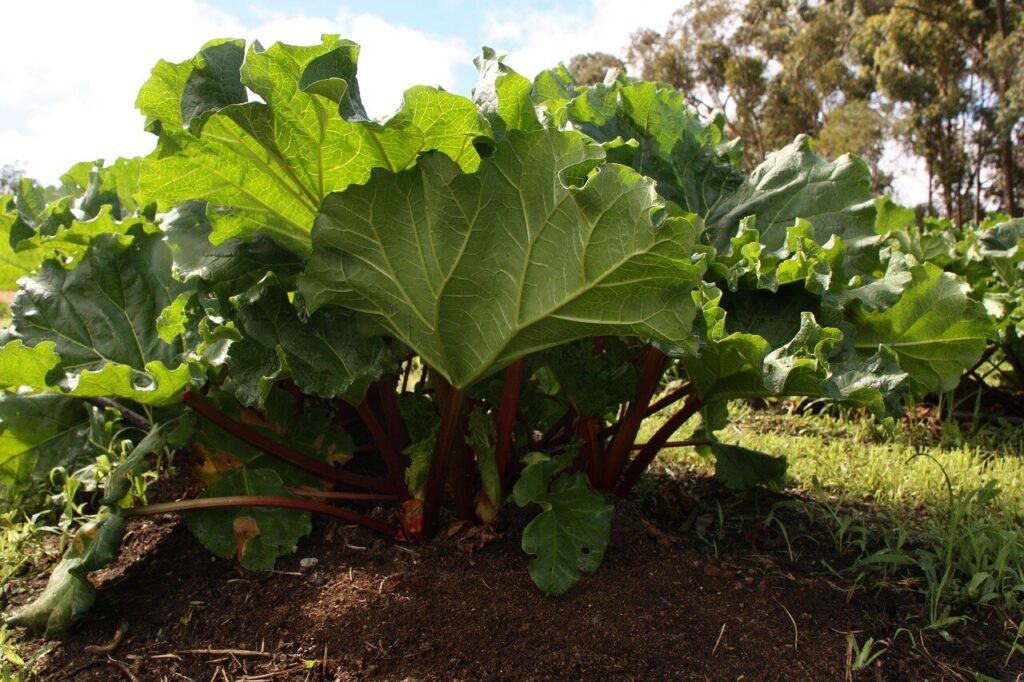
Several reasons make rhubarb stalks so thin. Genetics and environmental conditions influence the size of the stalks. Good plant care practices must be followed and favorable environmental conditions must be observed to grow better, more delicious, and thicker rhubarb stalks. The root zone of the plant must be hydrated and aerated to pull up the water and nutrients to the aerial parts of the plant.

Elizabeth Mcmillan is a passionate gardener with a strong interest in plants. She used to be a teacher, but Elizabeth has spent the last few years immersing herself in the world of plants, learning about their biology and cultural value and trying out different ways of growing them in her own garden. Elizabeth Mcmillan loves indoor plants, succulents, and cacti, and her friends and family know her as a plant care expert.

